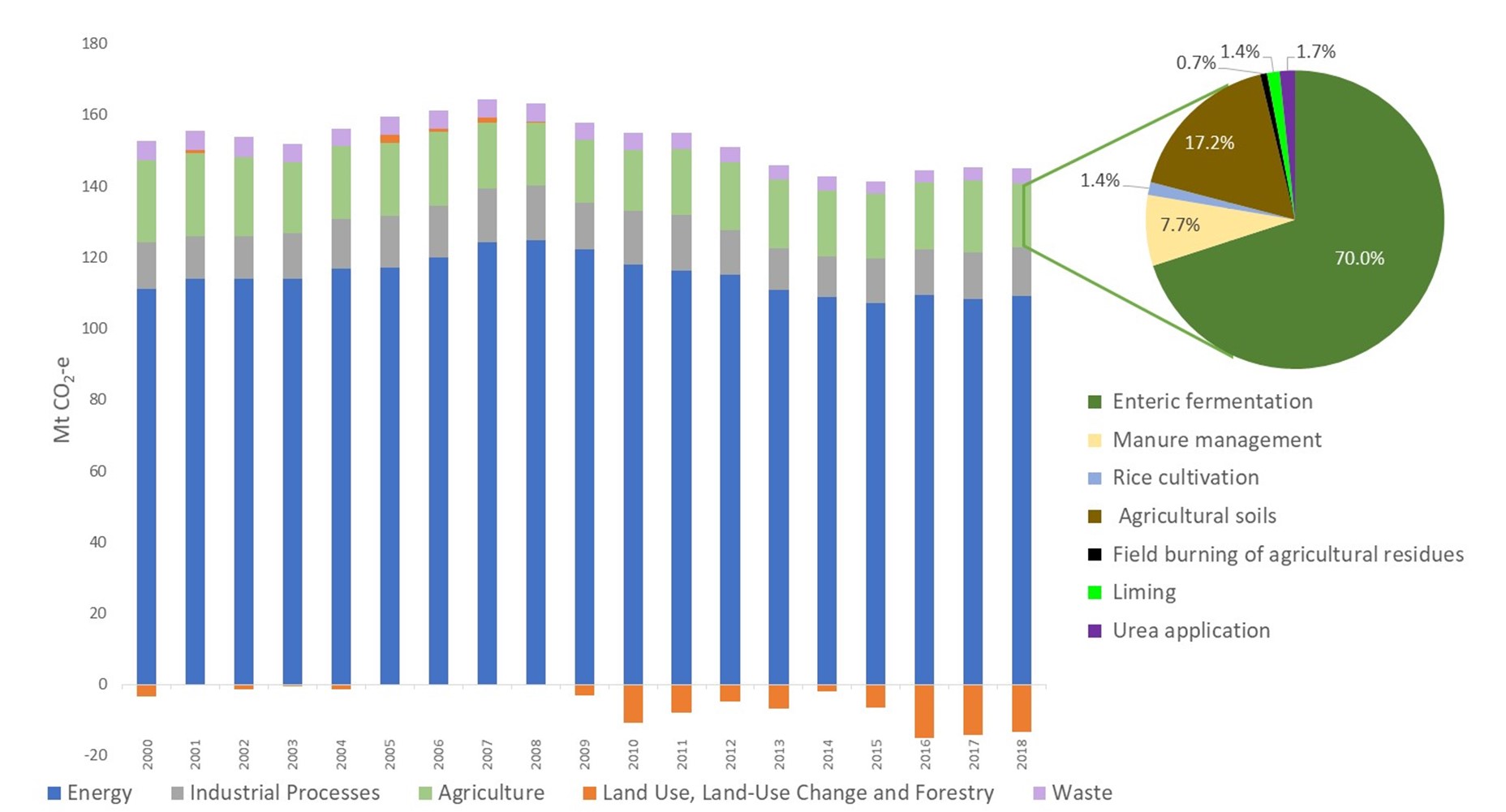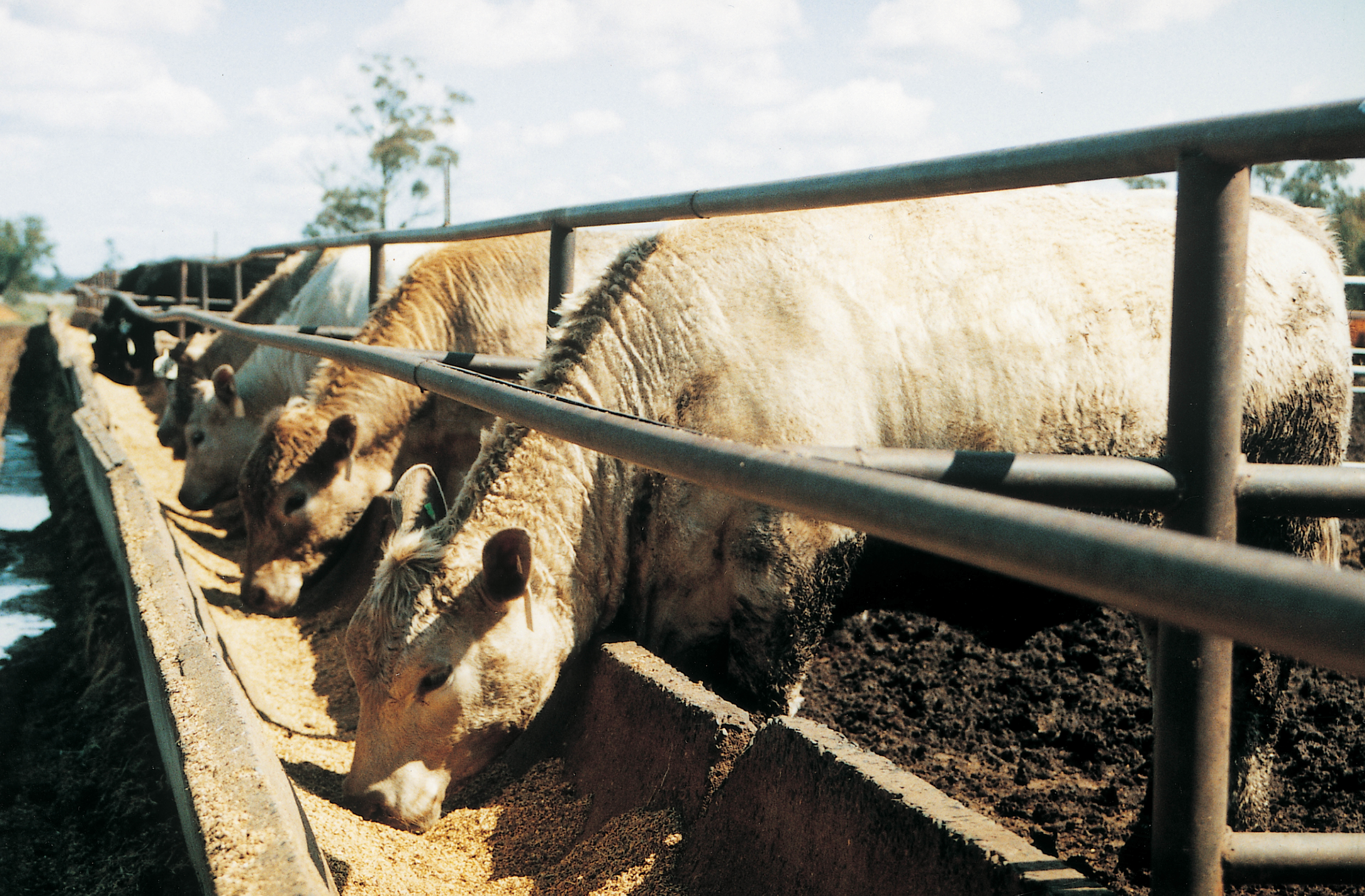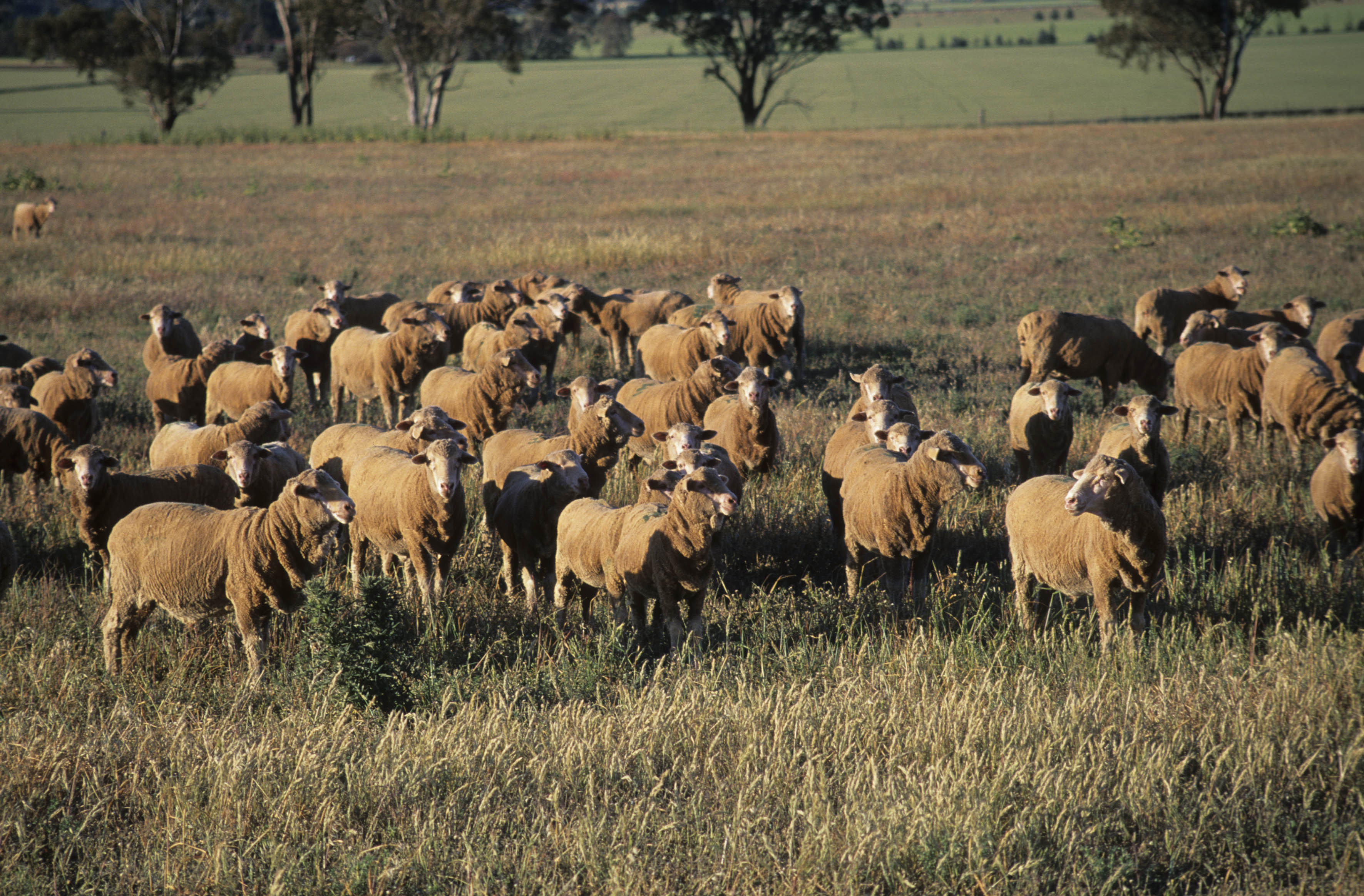Managing livestock to reduce methane emissions
Across Australia, livestock are the third largest source of greenhouse gas emissions after the energy and transport sectors. In NSW, agriculture contributes about 14 % of the State’s total greenhouse gas emissions, with livestock methane accounting for over 80% of agricultural emissions. Most of this methane is produced by the digestive processes of ruminant livestock (cattle, sheep, goats) with about 10% released from manure management. As a greenhouse gas, methane is relatively short-lived, but potent, having a global warming potential around 30 times higher than the more persistent carbon dioxide.
Sources of GHG emissions (Mt CO2-e) in NSW emphasizing the agriculture sector contribution in 2018 
(Source: State and Territory Greenhouse Gas Inventories; DEE, 2018)
Although there has been some debate over the climate impact of methane, changes we make to reduce livestock methane on-farm can make a significant contribution to climate change mitigation. Apart from the climate change impact, methane emissions also represent lost energy. Some studies have shown as much as 10% of the energy in feed may be lost due to methane emissions from digestion processes of ruminant animals. Many practices that reduce livestock methane make good economic sense because they can increase animal growth or the efficiency of production.
Below is an overview of livestock management strategies that NSW primary producers can use to reduce methane emissions while also improving productivity and animal health. More information on reducing methane emissions from livestock production, including through use of feed additives, can be found in the report ‘Managing livestock to reduce methane emissions: Assessment of strategies for abatement of enteric methane.’ by A.K. Almeida and R.S. Hegarty, 2021.
Livestock management strategies for emission reductions
Livestock management strategies can lead to emission reductions when the emissions intensity (the amount of emissions per unit of output) is reduced or the amount of methane produced by an animal is reduced (such as by breeding animals consuming less feed). Management to reduce methane emissions can include either:
- reducing the rate of emissions per animal (and the amount of methane produced),
- increasing the efficiency of production (and reducing the emissions per unit of production), or
- removing unproductive livestock.
However, where livestock are managed to be more productive (e.g. through improving health which results in increased production per animal) the farmer may be faced with the challenge of whether to:
- maintain livestock numbers to gain extra production, which will either increase on-farm emissions or give no reduction in emissions, or
- reduce livestock numbers to maintain previous production levels with lower farm enterprise emissions.
In some cases, this may result in freeing up previously-grazed areas of the farm, which can be used for tree planting or regeneration and amplify the reduction in on-farm emissions by also increasing sequestration through vegetation and soil management. In this way, farm-level emissions can be reduced, to deliver low-carbon or carbon neutral livestock products, or carbon credits can be created and sold to provide an additional income stream.
Changes in farm management practices to reduce emissions can be applied in extensive grazing systems as well as more intensive feedlot and dairy systems, and offer flexibility for farmers to choose management options which meet their personal preferences or business goals. Livestock management strategies that can reduce methane emissions include:
- early breeding,
- retaining high performing animals,
- enhancing fertility,
- improving animal health, and
- genetically selecting animals that produce less methane.

Early breeding
Animals intended for breeding do not contribute economically until they deliver their first offspring. However, in the meantime they consume feed and generate methane emissions. Reducing the time before first joining can therefore reduce emissions intensity and increase profitability. However, females must be at a suitable weight before they can breed for the first time. Mating underweight young females can result in lower reproductive performance which can offset any emissions reductions gained from mating early.
Retaining high performing animals
Culling for age is a standard management practice across most NSW beef and sheep properties. However, the strategy can lead to the loss of high performing animals from the herd or flock. Retaining high-performing females and reducing the number of non-productive females being reared can help to reduce emissions intensity.
Enhancing fertility
Higher fertility means that fewer breeding animals are needed in the herd to meet production targets, resulting in a reduction of methane emissions. Enhanced fertility rates can be achieved by increasing the amount of energy supplied to cows and ewes during the breeding season (nutritional flushing). Culling unproductive breeding animals and selecting for improved fertility can also help to enhance the fertility of the herd or flock and therefore reduce methane emissions.
Improving animal health
Infected and diseased animals have poor productivity and lower reproduction rates. Maintaining herd health through good husbandry (including disease prevention) and culling for disease will reduce methane emissions as well as increase growth rates and reproductive performance. Maintaining health is particularly important for dairy cattle and wool sheep, to ensure long productive lifetimes.
Genetically selecting animals that produce less methane
Reduced methane production per unit of feed consumed means faster animal growth. Therefore, genetically selecting for animals that produce less methane can lead to higher productivity and yield. While genetic selection is a slow process, and may compromise other economic traits, it is a management strategy that could deliver steady improvements. For example, research shows that methane yield in beef cattle can be reduced by 1.45 per cent annually through genetic selection focused on methane. Research to identify and apply genetic markers and genomic breeding values for selecting animals with lower methane yields is underway. Such genetic selection is likely to become a more attractive strategy in coming decades.
Conclusion
Methane emissions represent energy lost from livestock production that might otherwise be converted to milk, meat or fibre. Implementing livestock management strategies to reduce methane emissions provides primary producers with opportunities to act on climate change, increase livestock productivity and improve profits.